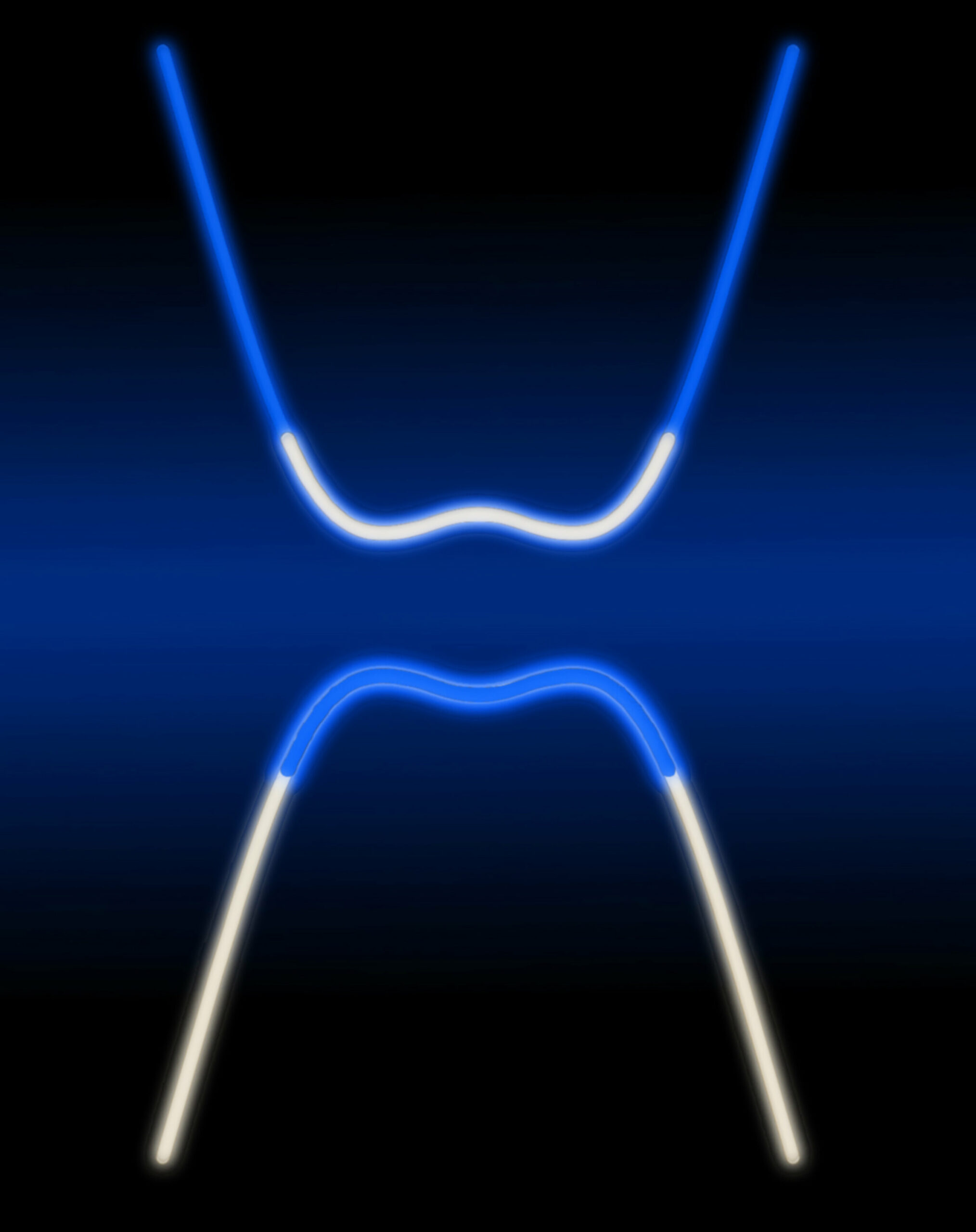Researchers from the US, Germany, and Japan have disproved the existence of the excitonic insulator phase in Ta2NiSe5, according to a study published in PNAS. The excitonic insulator is an electronically driven phase of matter that can occur in solids, leading to superfluid energy transport with no net charge. Scientists have been searching for ways to detect and stabilise this phenomenon in candidate quantum materials for the future development of devices where energy is transported at the nanoscale with high coherence and minimal dissipation.
Ta2NiSe5 had been considered a candidate for the excitonic insulator phase due to its quasi-two-dimensional solid structure. However, the researchers used an advanced experimental tool called time- and angle-resolved photoemission spectroscopy to study the material’s electronic and crystal structure after light excitation and found spectroscopic fingerprints that are compatible only with a dominant order parameter of structural nature. This implies that the changes in the crystal structure actually hinder the development of electronic superfluidity in this quantum material.
The study provides a new approach to identifying the driving force behind spontaneous symmetry-breaking in a wide range of candidate excitonic insulators. The findings were backed up by state-of-the-art calculations at several institutions who combined different theoretical techniques to understand the microscopic origin of these changes in Ta2NiSe5 with unprecedented accuracy. The researchers hope the study will pave the way for the development of a new generation of devices where energy is transported at the nanoscale with high coherence and minimal dissipation.



Leave a Reply